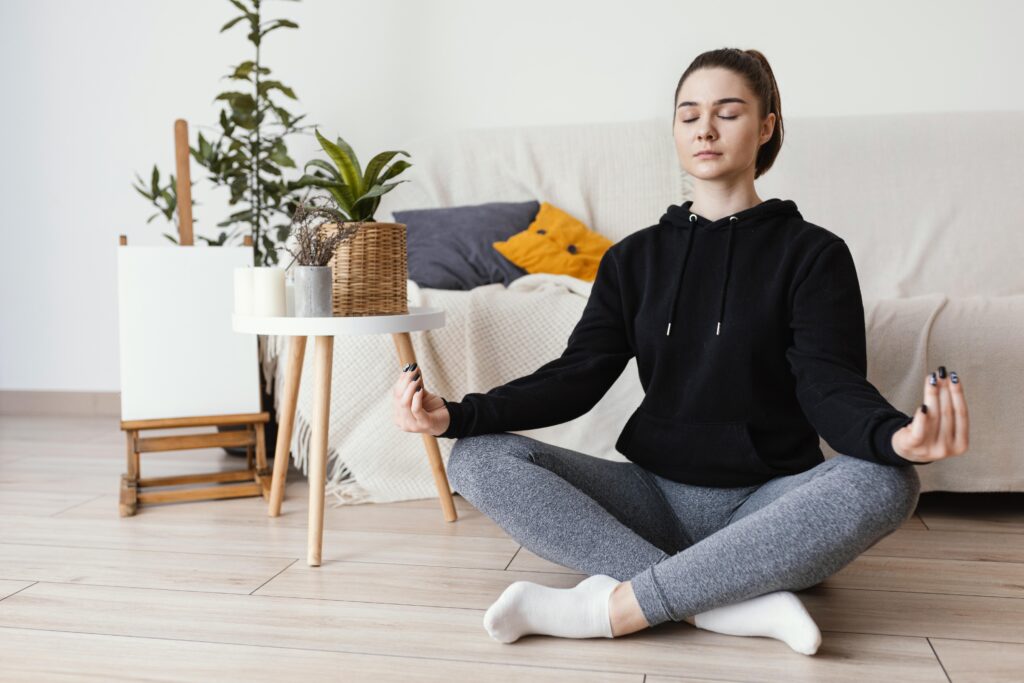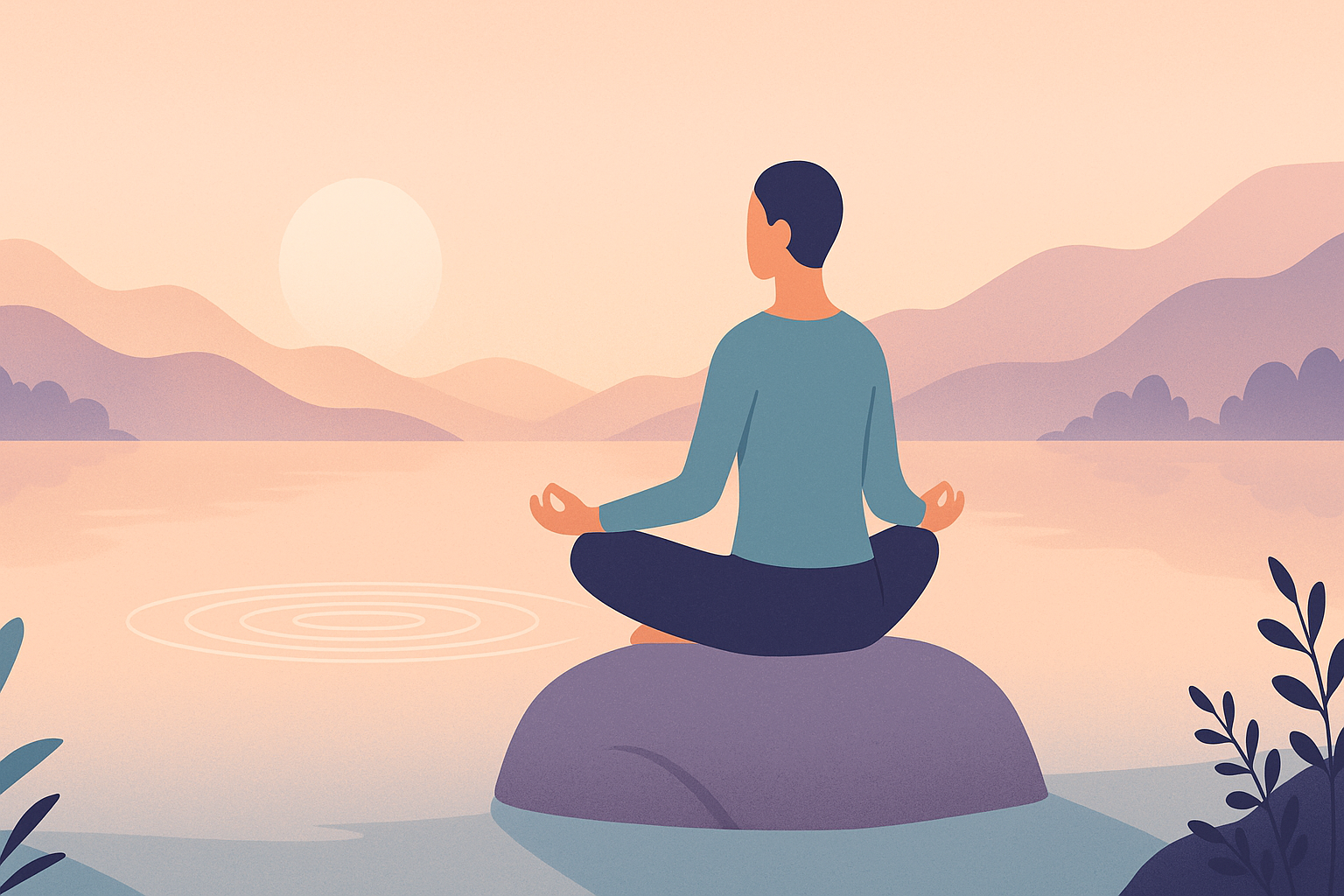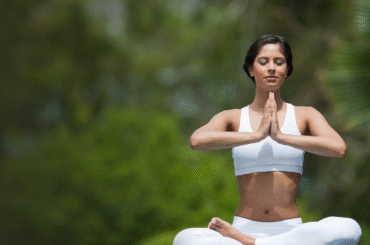Mindfulness: The Science and Practice of Living in the Now
Imagine this, 'You’re sipping your morning coffee, but your mind is already racing with emails to answer, worries about the day ahead, maybe even regrets from yesterday. Suddenly, you realize your cup is empty, yet you barely taste a single sip'
If this scenario feels familiar, you’re not alone. In our fast-paced, hyper-connected world, truly living in the present moment can seem almost impossible. Yet, this is precisely what mindfulness offers: a way to reclaim your attention and experience life as it unfolds, one moment at a time.
What Is Mindfulness?
Mindfulness is the practice of intentionally bringing your full attention to the present moment—without judgment. It means observing your thoughts, emotions, bodily sensations, and surroundings with openness and curiosity, rather than getting lost in regrets about the past or worries about the future. In contrast to popular belief, mindfulness isn’t about “emptying your mind” or achieving a state of perpetual calm. Instead, it’s about being aware of what’s happening right now, whether pleasant, unpleasant, or neutral.
The roots of mindfulness stretch back thousands of years, particularly within Buddhist traditions. In the late 1970s, Dr. Jon Kabat-Zinn introduced mindfulness to Western medicine through the Mindfulness-Based Stress Reduction (MBSR) program, helping to establish it as a secular, evidence-based approach to enhancing well-being.
Why Is Living in the Now So Difficult?
Despite its simplicity, living in the present is challenging. Our brains are wired to wander. The Default Mode Network (DMN), a network of brain regions active during mind-wandering and self-referential thinking, often pulls us into daydreams, worries, and self-criticism. This mental chatter can make it difficult to stay grounded in the present.
Mindfulness meditation has been shown to reduce activity in the DMN, helping us break free from cycles of rumination and anxiety. By training attention to return to the present, mindfulness fosters a more grounded and peaceful state of mind.
The Science of Mindfulness: How It Changes the Brain and Body
Modern research has uncovered remarkable benefits of mindfulness for both mind and body:
- Emotional Well-being: Regular mindfulness practice is linked to less emotional distress, more positive moods, and improved quality of life. A review of studies found that mindfulness reduces symptoms of depression and anxiety, enhances emotional regulation, and increases resilience to stress.
- Physical Health: Mindfulness can reduce stress hormones like cortisol, improve immune function, and lower blood pressure. In one randomized controlled trial, participants practicing mindfulness meditation had a significantly reduced cortisol response to acute stress compared to controls.
- Brain Structure and Function: Neuroimaging studies reveal that mindfulness can physically change the brain. A 2023 meta-analysis found that mindfulness-based interventions increased grey matter volume in regions associated with attention and pain regulation, such as the right insular and precentral gyrus. Earlier research by Dr. Sara Lazar showed increased gray matter density in the hippocampus (important for learning and memory) and decreased density in the amygdala, the brain’s fear center.
- Reduced Mind-Wandering: Mindfulness dampens activity in the DMN, leading to less mind-wandering and a greater ability to focus.
- Improved Sleep and Fatigue: Systematic reviews show that mindfulness-based practices help improve sleep quality and reduce fatigue, especially in people with chronic illnesses or high stress.
- Enhanced Focus and Cognitive Performance: Mindfulness training has been shown to improve working memory capacity and test performance among college students.
How Mindfulness Works: Key Components
Researchers have identified several key skills and attitudes that make up mindfulness:
- Observing: Noticing sensations, thoughts, and feelings as they arise.
- Describing: Putting words into your experiences.
- Acting with Awareness: Engaging in activities with full attention, rather than on “autopilot.”
- Non-judging: Accepting experiences as they are, without labeling them as good or bad.
- Non-reactivity: Allowing thoughts and emotions to come and go without getting swept away.
These components are measured by widely used scales such as the Five Facet Mindfulness Questionnaire (FFMQ) and the Kentucky Inventory of Mindfulness Skills (KIMS).
Simple Mindfulness Practices for Beginners
You don’t need hours of meditation or a silent retreat to begin. Here are a few accessible ways to start living more mindfully:
- Mindful Breathing: Pause and focus on your breath. Feel the air moving in and out of your body. If your mind wanders, gently bring it back to your breath.
- Mindful Eating: Slow down and notice the colors, textures, and flavors of your food. Savor each bite and pay attention to how your body feels.
- Mindful Walking: Bring your attention to the sensations in your feet, the rhythm of your steps, and the sights and sounds around you.
- Body Scan: Slowly bring your attention to each part of your body, noticing any sensations without trying to change them.
- Everyday Mindfulness: Choose any routine activity like brushing your teeth, washing dishes, or waiting in line and do it with full attention.
Tips for Building a Mindfulness Habit
- Start Small: Even a minute or two of mindful breathing can make a difference.
- Being Patient: Mindfulness is a skill that grows with practice. It’s normal for your mind to wander. Just notice and gently return to the present.
- Practice Non-judgment: Don’t criticize yourself for getting distracted. Each time you notice, you’re strengthening your mindfulness muscle.
- Integrate Into Daily Life: Look for opportunities to be mindful throughout your day, not just during formal meditation.

Is Mindfulness for Everyone?
Mindfulness is a secular practice accessible to people of all backgrounds and beliefs. While its roots are spiritual, it does not require adopting any particular philosophy or religion. Many people find that mindfulness complements their existing values and enhances their relationships, work, and sense of purpose.
Mindfulness in Medicine and Therapy
Mindfulness is now a cornerstone of many therapeutic approaches, including Mindfulness-Based Stress Reduction (MBSR) and Mindfulness-Based Cognitive Therapy (MBCT). These programs are used to treat a wide range of conditions, from depression and anxiety to chronic pain and insomnia. The evidence base for mindfulness continues to grow, with ongoing research exploring its benefits for children, adolescents, and adults in diverse settings.
Common Myths About Mindfulness
- “I have to empty my mind.” Mindfulness is about observing your thoughts, not silencing them.
- “It takes too much time.” Just a few minutes a day can make a difference.
- “It’s religious or spiritual.” Mindfulness is used in secular therapy and healthcare worldwide.
- “I’m bad at it because I get distracted.” Distraction is part of the process; returning to focus is the practice.
Integrating Mindfulness into Your Lifestyle
Mindfulness works best when it becomes a part of your routine. Here are some practical suggestions:
- Use mindfulness apps if you are willing to.
- Set phone alarms as reminders to pause and breathe.
- Try mindful journaling at the start or end of your day.
- Practice gratitude daily—it reinforces positive, present-centered thinking.
- Join a local or online meditation group to stay consistent.
Living in the Now: The Takeaway
Mindfulness is more than a technique as it’s a way of being. In a culture addicted to speed and distraction, mindfulness offers a path back to peace, clarity, and presence. You don’t have to change your life to start. Just begin with a breath, a moment, a pause. Over time, these small steps lead to a more grounded and fulfilling life.
So next time you find your mind wandering, pause. Take a breath. Notice what’s happening right now. You might just find that the present moment is exactly where you need to.
Are you living your life, or just going through the motions? Mindfulness invites you to experience life as it happens—one breath, one moment, one mindful step at a time.





